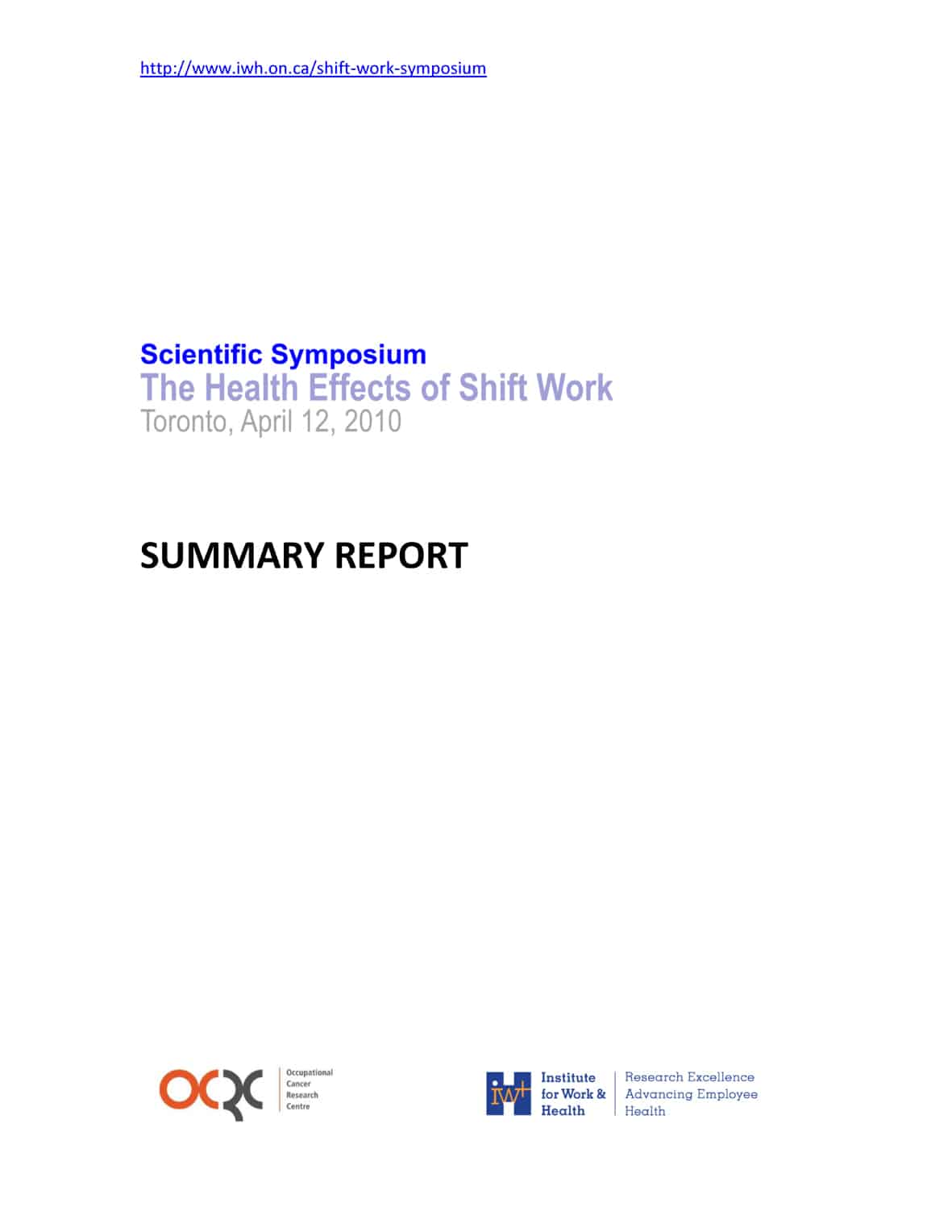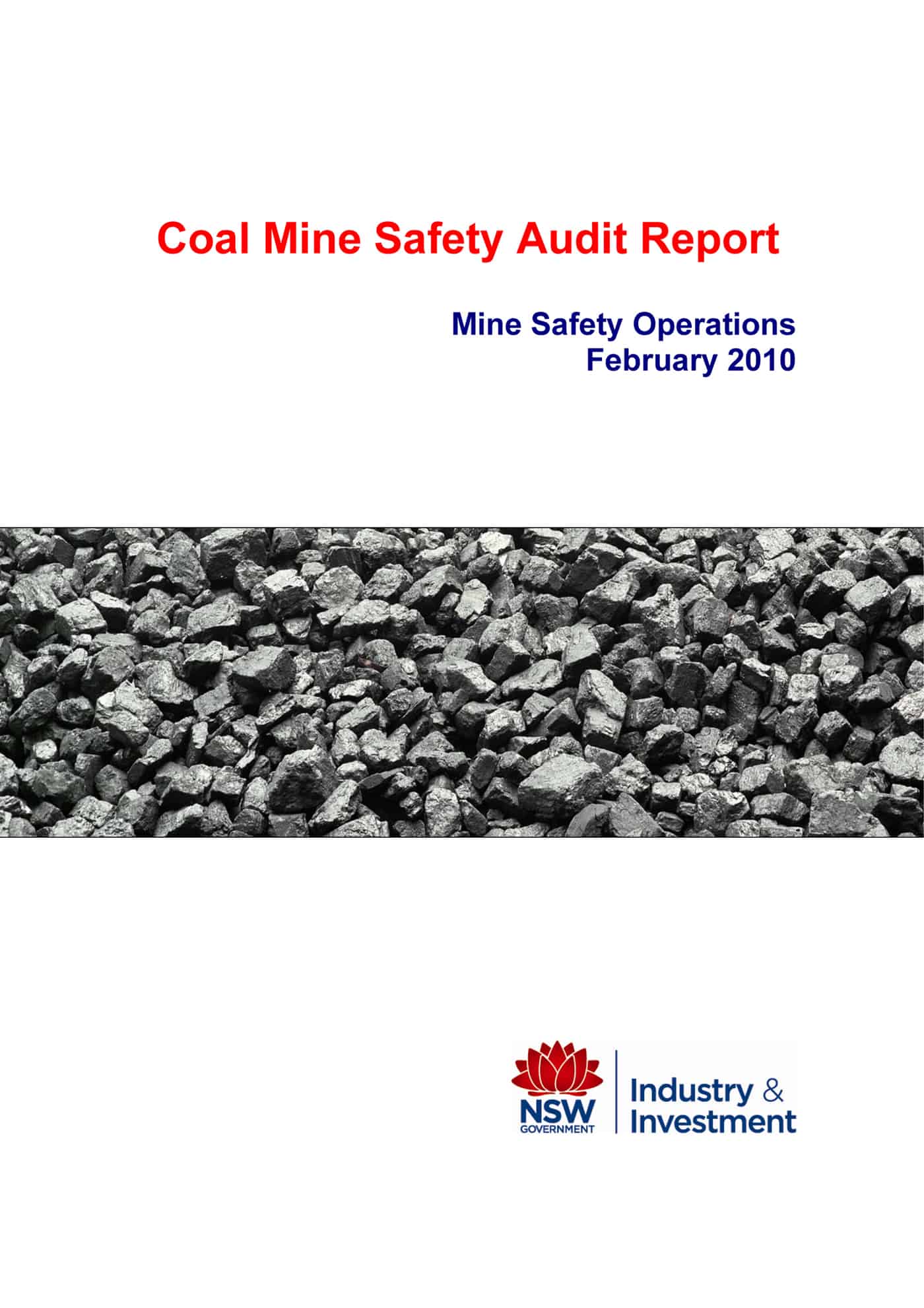More information is coming to light about the treatment of survivors of the explosion on the Transocean oil rig. According to an article (and podcast) on National Public Radio on 6 May 2010, company lawyers for Transocean had survivors sign waivers within hours of the disaster.
The article says:
“The form that they made them sign had, ‘I was here when it happened, I didn’t see anything.’ Or ‘I saw this and I was or was not hurt,’ ” says Steven Gordon, a Houston attorney who represents some of the survivors…. Continue reading “Treatment of workers from Transocean oil rig”


